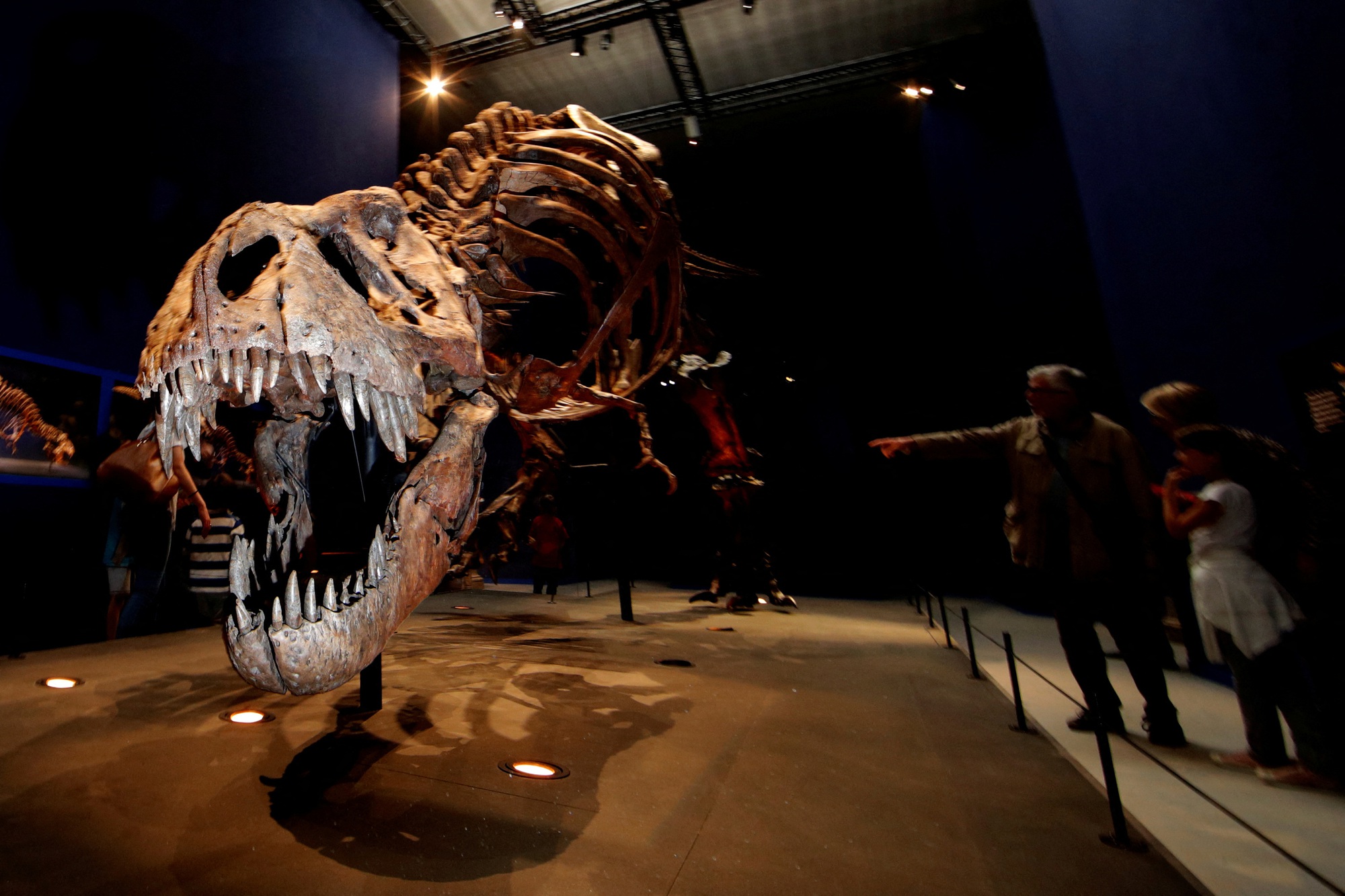
The 67-million-year-old skeleton of a Tyrannosaurus rex at the French National Museum of Natural History in Paris in 2018
According to new research published in the Palaeontology Journal of the Palaeontological Society (UK), there were about 1.7 billion Tyrannosaurus rex dinosaurs. T. rex) before the asteroid hit the earth, causing their extinction.
Scientists had to do a lot of calculations to come up with the above number, from average lifespan to sexual maturity and number of eggs hatched.
While 1.7 billion is a pretty big number, the latest estimate is still 800 million fewer dinosaurs than a 2021 study found. The new analysis is based on the most up-to-date information available about dinosaur growth and reproduction, so it seems more accurate.
"Unlike this study, the generation times, lifespans, reproductive rates, and reproductive values of individuals calculated in the previous model are in strong conflict with our current understanding of the biology of T. rex and other theropod dinosaurs," evolutionary ecologist Eva Griebeler from Johannes Gutenberg University Mainz in Germany wrote in the new study.
"Their numbers also differ from those of extant reptiles, birds, and large mammals. All of these shortcomings of the previous model suggest that my model is more useful for assessing individual and population traits of T. rex and other extinct species," Griebeler wrote.
Race with Tyrannosaurus Rex? Humans Will Win
Put simply, the new calculations suggest a lower survival rate for T. rex, fewer total generations, and a reduced egg count. We have better data on these factors thanks to detailed fossil studies and comparisons with modern species that retain some dinosaurian traits.
Griebeler also tested her model on data from 23 different extant species of reptiles, birds, and mammals. She found that the new model predicted population sizes much more accurately than the previous model, suggesting that the new model would also be effective in analyzing Tyrannosaurus rex.
The good news is that one of the authors of the 2021 model, paleontologist Charles Marshall of the University of California–Berkeley, has endorsed the new work. According to Live Science, Marshall said the latest figure is “more realistic.”
Source link








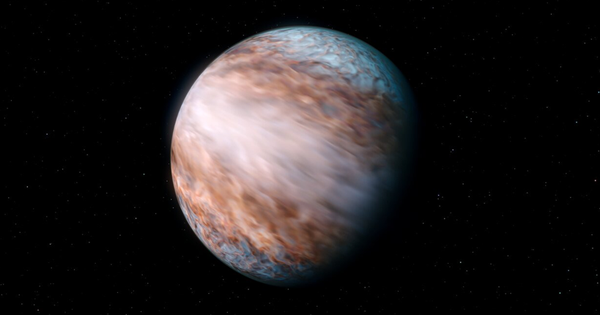

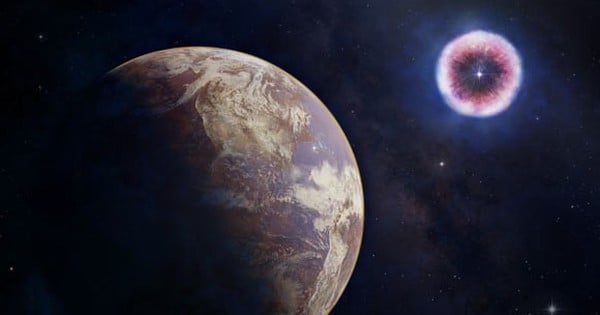
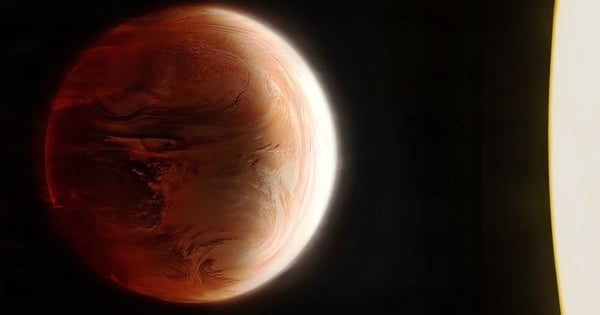
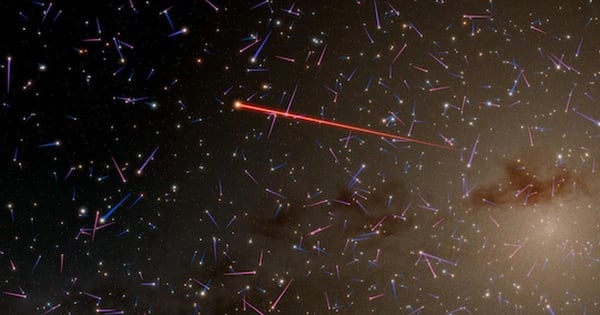
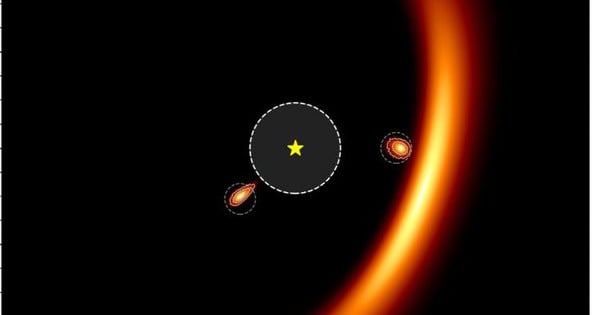























Comment (0)